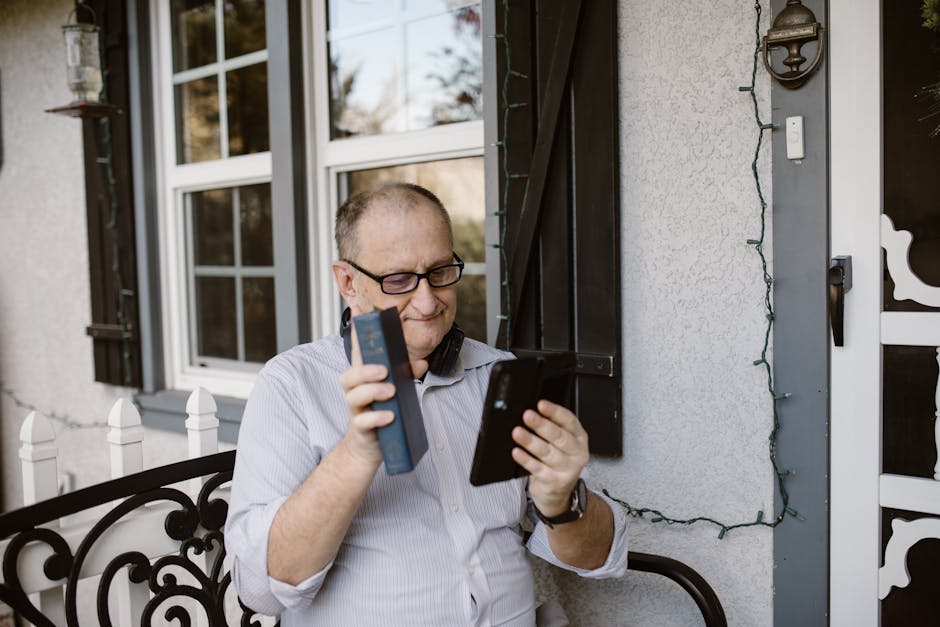The article explores an innovative project called Synthetic Memories, developed by Pau Aleikum Garcia and his team at Domestic Data Streamers (DDS), which uses AI-generated images to help elderly people, refugees, and marginalized communities reconstruct and visualize memories that are lost, unrecorded, or fragmented.
Background and Inspiration
-
Garcia was inspired by a Syrian refugee grandmother who feared her grandchildren would grow up without knowing their family history because all their photo albums were lost during their escape.


-
Memories, especially visual ones like photographs, are crucial for connecting generations and preserving identity.

-
Many people, especially refugees and older generations, lack documented memories due to displacement, persecution, or limited access to recording technologies.

The Synthetic Memories Project
-
Launched in 2022, the project uses AI tools like DALL-E 2 and Flux to create images based on personal recollections.

-
Interviewers collect detailed memory narratives from participants, and AI prompters translate these into evocative, often dreamlike images that capture the emotional essence rather than precise photographic realism.
-
Faces in images are often blurred or shown from behind to emphasize these are synthetic, subjective memories, not historical photographs.
-
Participants report strong emotional connections to these images, which help them reclaim dignity and a sense of identity.
Applications and Impact
-
The project has been used in diverse communities, including Bolivian and Korean migrants in Brazil, and elderly people in Barcelona.
-
It has therapeutic potential, especially for dementia patients, by aiding reminiscence therapy.
-
It helps individuals process trauma, reconnect with lost histories, and share stories previously silenced or erased.
-
One notable example is Jose Carles Vallejo Calderon, a former political prisoner under Franco’s dictatorship, who used synthetic memories to visualize secret anti-fascist meetings, helping him reconcile traumatic memories.
Ethical Considerations and Limitations
-
Garcia emphasizes that Synthetic Memories do not aim to reconstruct objective historical facts but rather personal, subjective experiences.
-
Experts caution about AI’s potential to reinforce biases or create false memories if misused.
-
The project seeks to complement, not replace, historical records by focusing on emotional truth and individual narratives.
Future Plans and Reflections
-
DDS plans to expand the project to endangered cultural heritage sites and nursing homes.
-
Garcia reflects on the paradox of modern life: while many have thousands of photos, meaningful memories can still be lost or overwhelmed by the sheer volume of data.
-
Activists like Vallejo see memory as a vital tool for justice and healing, advocating for remembrance rather than forgetting.
In essence, the article highlights how AI can serve as a powerful tool to help vulnerable populations reclaim and visualize their fragmented pasts, fostering intergenerational connection, healing, and cultural preservation-while respecting the subjective nature of memory and the ethical challenges involved.




Leave a Reply
You must be logged in to post a comment.